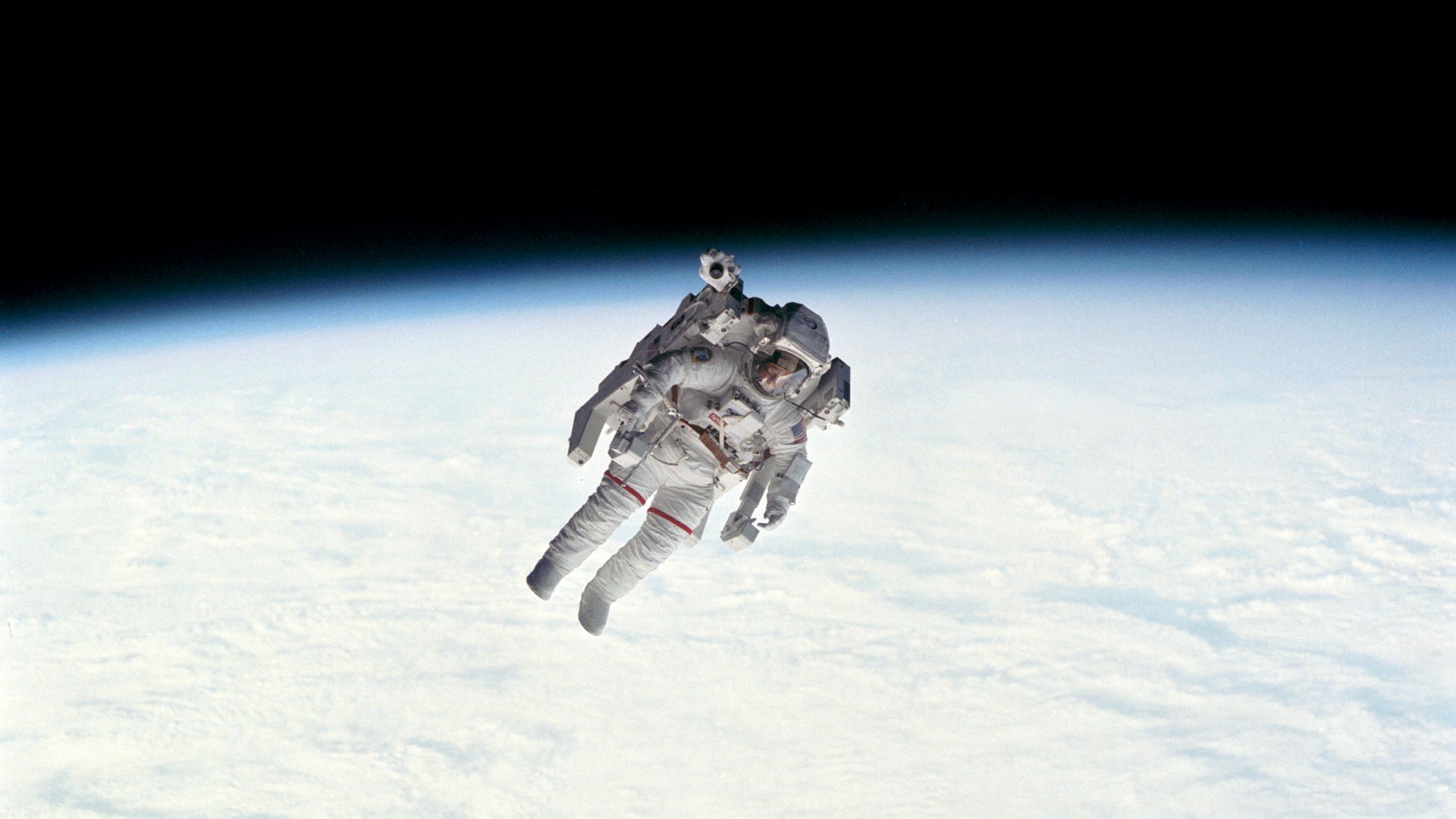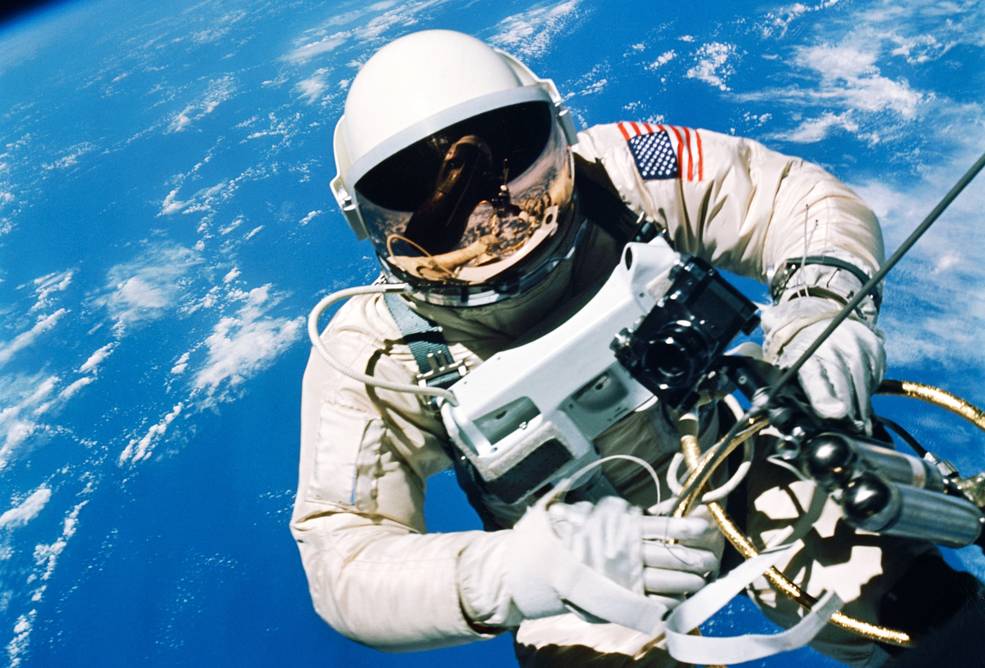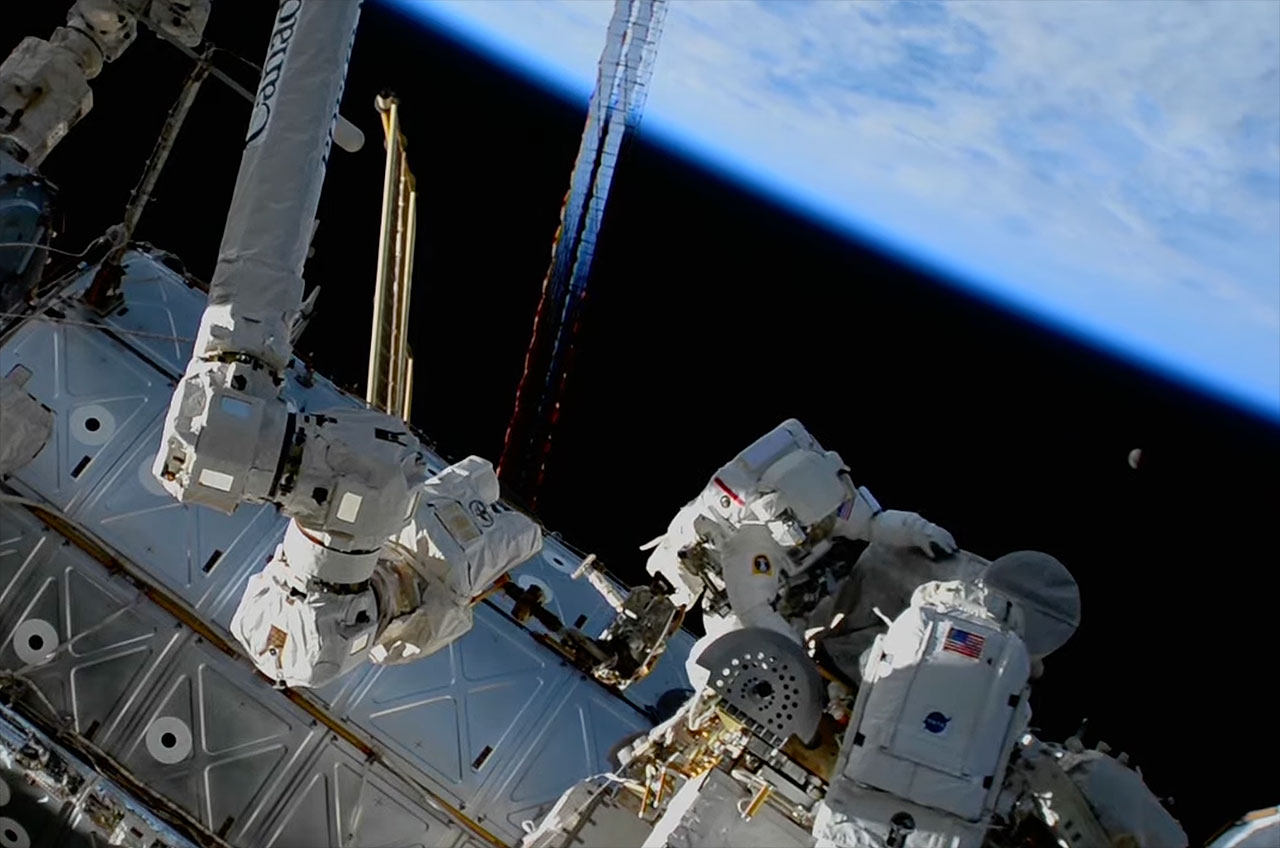
Many of us have dreamed of going into space. Perhaps you've imagined what it would be like to visit the International Space Station or even explore new worlds. But traveling in space brings a whole set of challenges and hostile environments, so it's vital to recreate the conditions on Earth that have allowed life to evolve and flourish.
Spacesuits allow astronauts to venture outside their spacecraft for short periods, by providing the air, water, pressure and physical protection needed for a human to survive. But what would happen without one of these advanced suits?
Sci-fi movies and shows, including "2001: A Space Odyssey" and "The Expanse," have portrayed astronauts suffering — and surviving — short exposures to outer space without a spacesuit, while others have depicted a range of grizzly deaths.
But here in the real world, how long could a person survive if thrust into the harsh vacuum of outer space? The short answer is, not very long.
Related: The 25 scariest spaceflight moments show dangers in orbit and beyond
"Within a very short time, a matter of 10 to 15 seconds, you will become unconscious because of a lack of oxygen," according to Stefaan de Mey, a senior strategy officer at the European Space Agency (ESA) charged with coordinating the strategy area for human and robotic exploration.
That may seem like a very short time, but it's because you would not want to hold your breath before being thrust into outer space. In the dark void of space, the oxygen that sustains us would become a serious problem.
"The oxygen starts expanding and rupturing your lungs, tearing them apart — and that would cause boiling and bubbling of your blood, which immediately will cause embolism and have a fatal impact on your body," de Mey said.
Divers face a similar danger when the water pressure decreases as they ascend from the depths. Before entering space unprotected, you'd need to empty your lungs as much as possible. The complete lack of pressure also causes other, though less immediately, deadly issues.

Bodily fluids, such as saliva and tears, would begin to boil. A human body would also expand, but the skin would be elastic enough to cope with the pressure change, de Mey said, adding that horrific movie portrayals of exploding humans are not accurate.
In the best-case scenario, you'd have a few seconds before the oxygen in your bloodstream would be used up, causing you to pass out. Because you'd be unable to alter your dire situation, brain death would follow within minutes, unless you were rescued and brought back to the safety of the pressurized, oxygen-rich environment of a spacecraft and resuscitated.
In addition to providing vital oxygen and pressurization, spacesuits also shield astronauts from other dangers and harm.

"There is a temperature problem and radiation and micrometeoroid threats," de Mey said. "So spacesuits are designed to provide physical protection of the astronauts in outer space."
Whether an astronaut is in sunlight or shaded from the sun, they would experience extreme temperatures, ranging from minus 240 to 250 degrees Fahrenheit (minus 150 to 120 degrees Celsius) in low Earth orbit (LEO). These conditions would cause burns or freezing, though not immediately in the latter case, as body heat is not easily conducted away in a vacuum.
Spacesuits also protect from various types of radiation. In LEO, there is protection from some forms of radiation. Prolonged or long-term exposure to electromagnetic radiation from the sun would cause health issues, including radiation sickness and an increased risk of cancer. UV light would also burn the skin. The added misfortune of particles from a solar flare reaching the astronaut at the time they were exposed in space would exacerbate many of these issues.
Micrometeoroids and space debris pose another danger. These travel at a rate of a few or tens of kilometers per second and are a threat to satellites, spacecraft and astronauts conducting extravehicular activities (EVAs), or spacewalks. Though extremely unlikely to affect an unprotected astronaut's chances of survival given the astronomically tiny chances of being hit during a short time in space, spacesuits are designed with multiple layers to help protect astronauts from any possible micrometeoroids or space debris whizzing around in orbit.
Being in space without an EVA suit becomes very deadly — very, very quickly. While someone could survive this grim scenario, they would want to have very little air in their lungs and get back to the safety of a pressurized spacecraft within seconds — or hope to be rescued and resuscitated within minutes.







